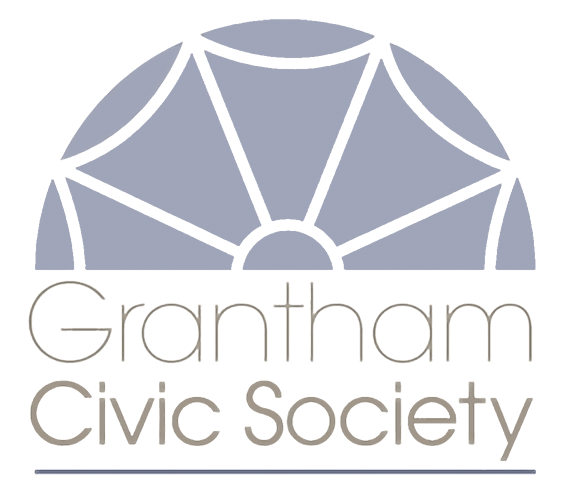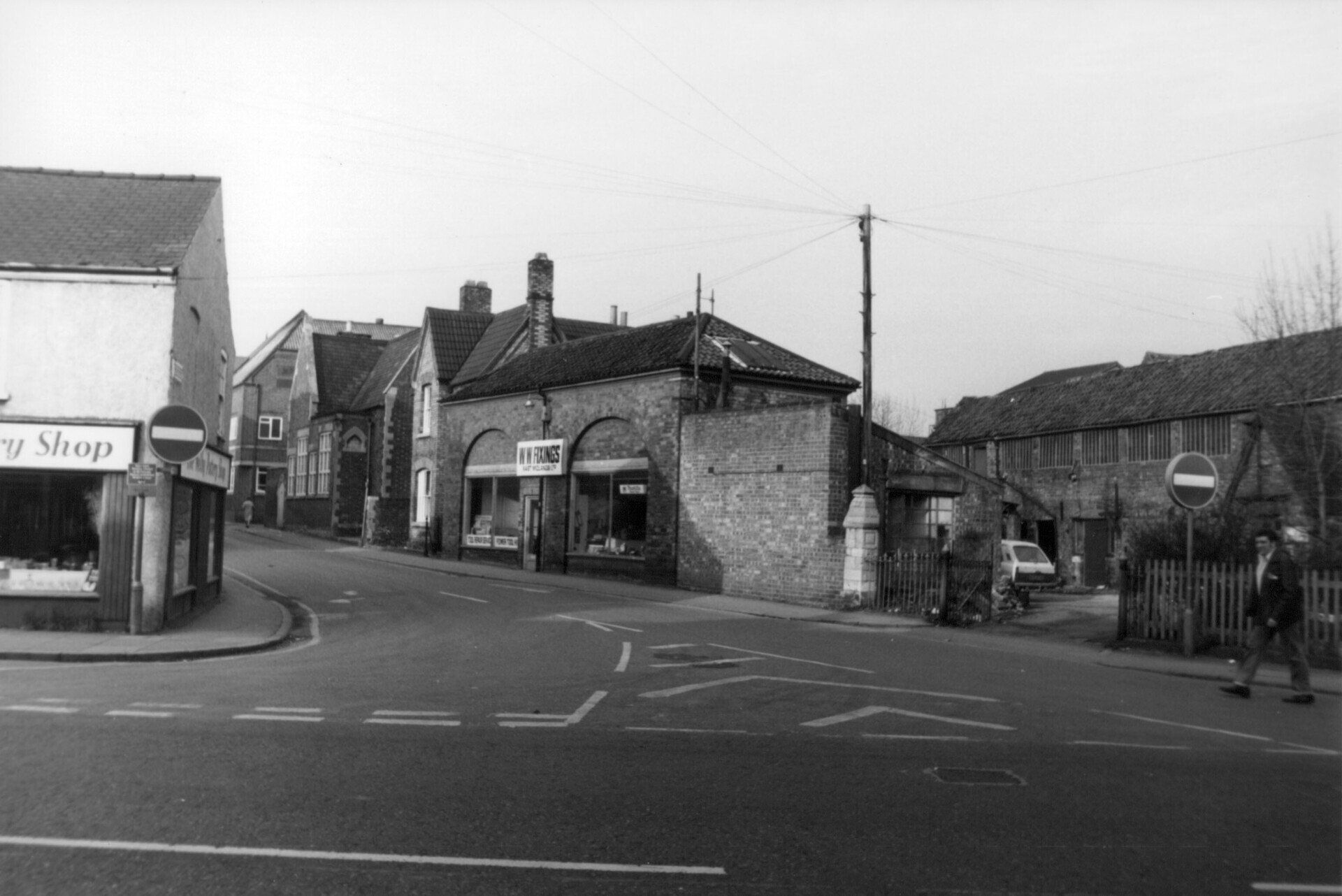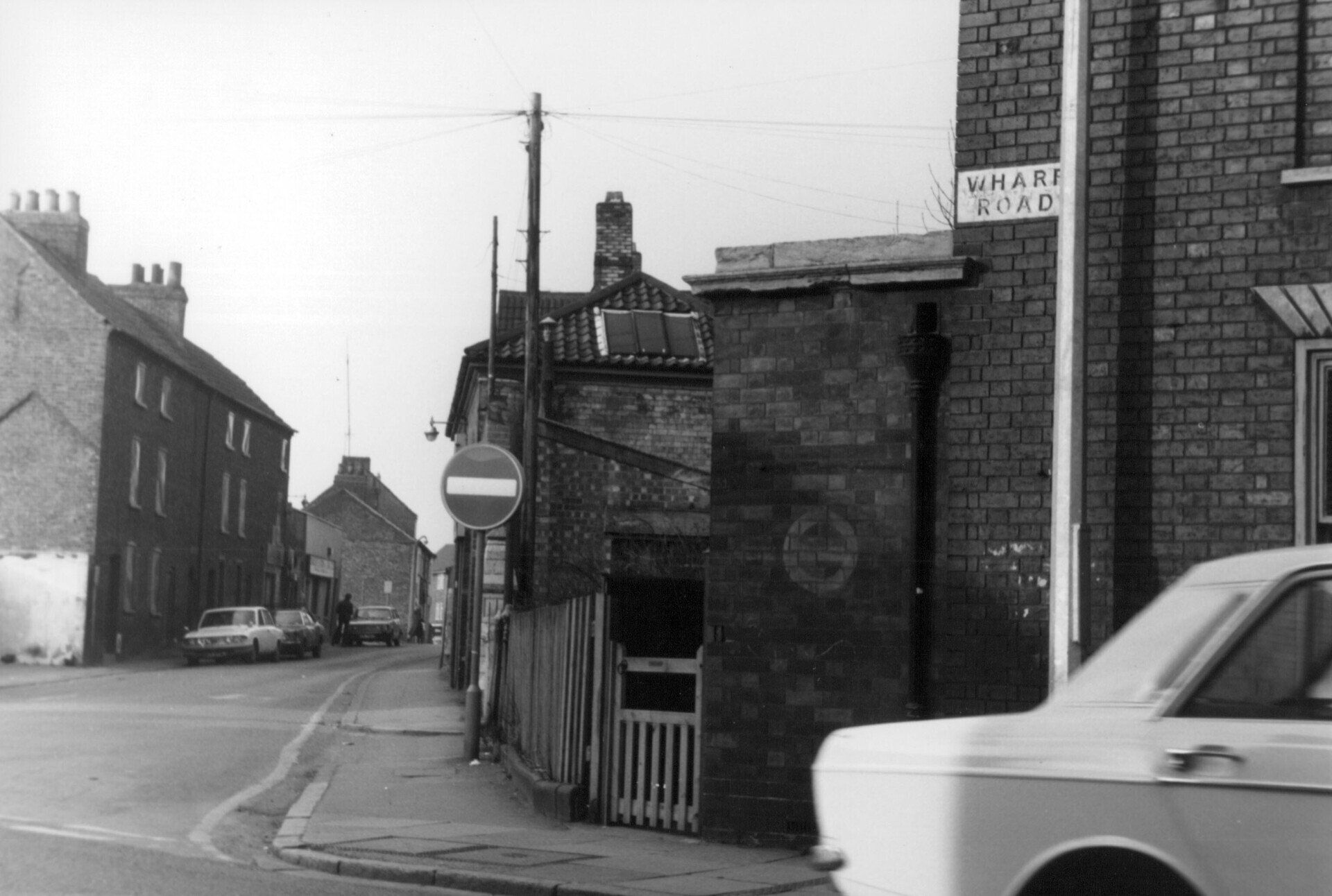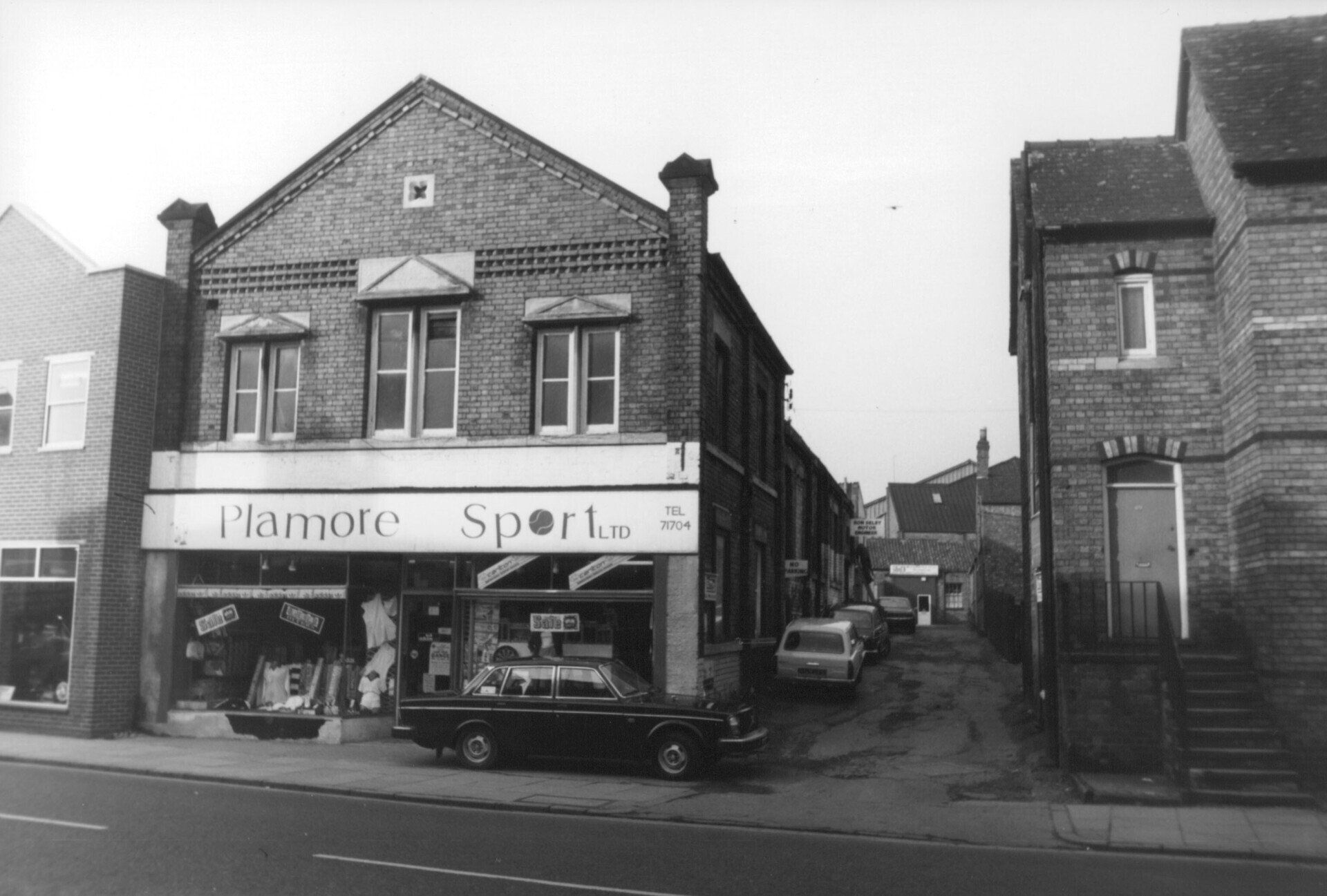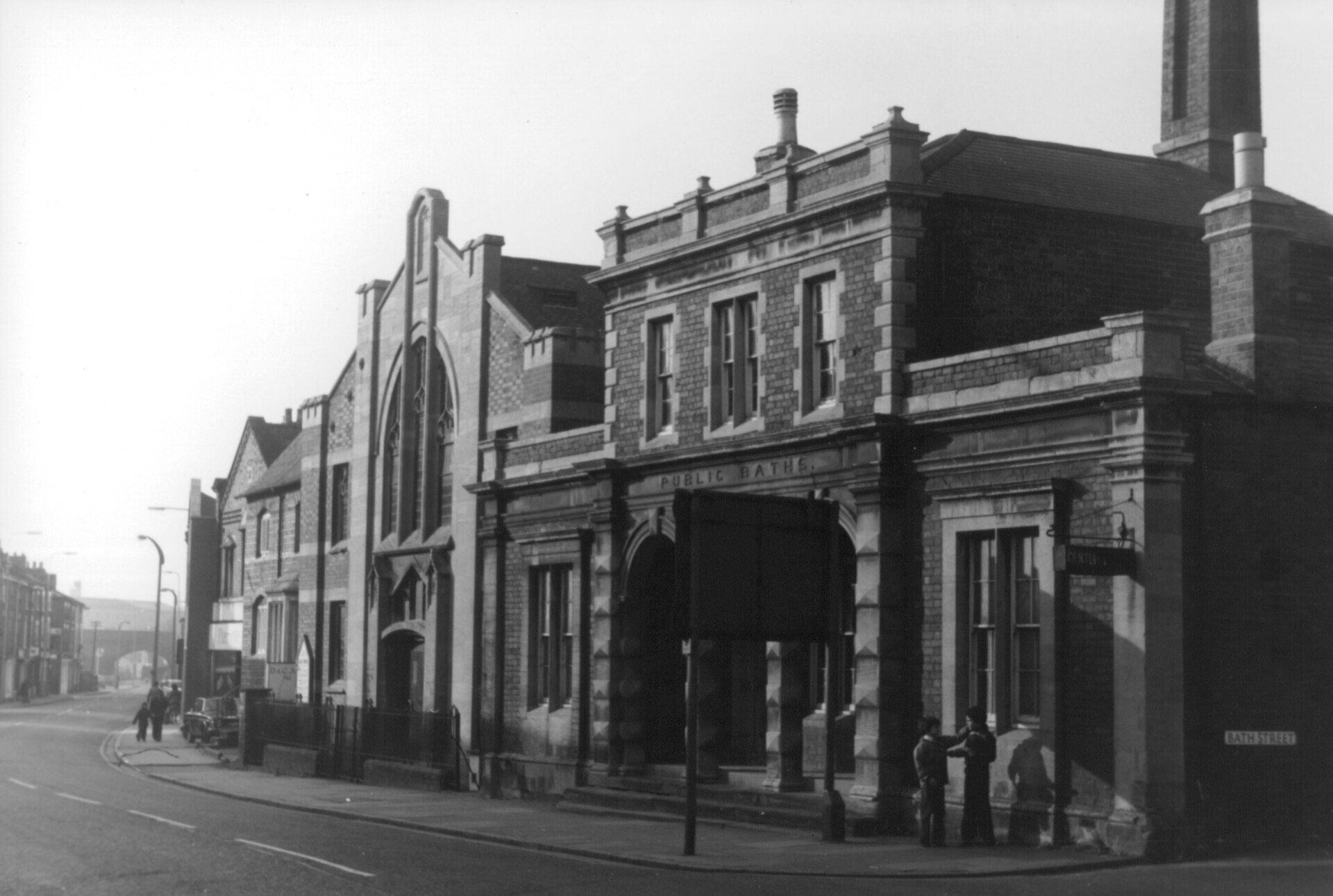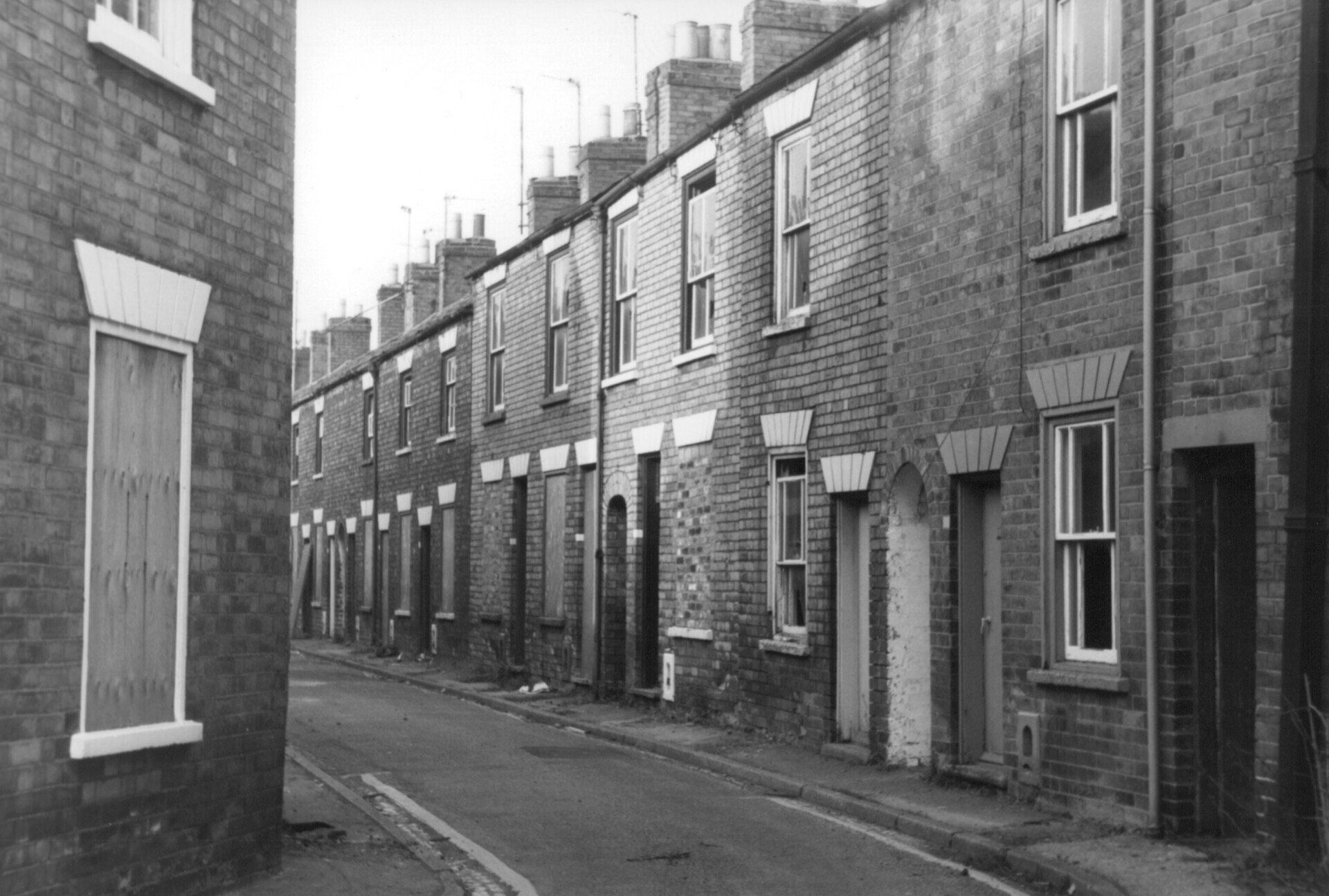GRANTHAM CIVIC SOCIETY
Buildings Recording Group
Our Buildings Recording Group is committed to documenting the history of Grantham’s heritage buildings, providing an educational resource that tells their stories through the years.

St Peter’s Hill Archaeological Dig St Peter’s Hill Archaeological dig was our first buildings recording group project. After scorch marks appeared on St Peter’s Hill green during the long hot summer of 2018, a resistivity study was undertaken by Lincolnshire Heritage, on behalf of Grantham Civic Society, funded with a grant from SKDC’s Community Fund. It revealed three areas of interest where it was possible that there was buried masonry. Early in 2019, the society were awarded another grant from InvestSK enabling them to employ Lincolnshire Heritage once again to supervise the digging of three test pits to try and identify what lay beneath the ground. One pit yielded 17th century artefacts such as pottery and clay pipes, whilst another revealed a stone pillar, which may have been the entrance to the well house or conduit known to have been situated near there before 1858. The other pit was where an Edward I silver coin was found. The base of the pit dated to between the 11th and 13th centuries and had a cobbled base with demolition rubble on top, thought to be perhaps the remains of St Peter’s Chapel. The area of St Peter’s Hill, was owned at the time of the Norman Conquest by an Anglo-Saxon nun called Elsuid. When she died, she left the property to Peterborough Abbey. The first reference to the chapel on the site dates from 1338, when Emma of Stapleford was given permission to be enclosed as an archoress in a cell adjoining the chapel. An anchoress was a pious woman who lived alone and apart from society. She was subject to religious rites of consecration similar to those of a funeral, and so was considered dead to the world, a type of living saint. She was fed by people in exchange for prayers. The chapel was mentioned again in the patent rolls of 1339 and 1349. They confirmed that Roger de Wolsthorpe and Richard de Saltby (whose tomb is on the south wall of St Wulfram’s church) paid for three chantry priests to pray for the souls of them and their families, one in St Wulfram’s church, one in St Peter’s chapel and one in the chapel of St Thomas the Martyr in St Wulfram’s churchyard. Rentals dated 1346 and 1404 for the property of Peterborough Abbey in Grantham have survived, showing that they also owned land adjacent to the chapel and in Elmer Street and Castlegate. A singing chaplain was one of the people living in one of their cottages. In 1548, after the dissolution of the monasteries, the last priest of St Peter’s chapel was Thomas Mackander, retired with a pension of £6 per year. The goods and ornaments in the chapel at that time were valued at 3s 4d and the chalice weighed 3oz. The chapel may have been ransacked during the Civil War; certainly the Eleanor Cross was pulled down at that time. When William Stukeley lived in a house on the corner of Castlegate (on the site of Alive church) from 1726 to 1730, St Peter’s chapel had fallen into disrepair and may have been demolished. His friend Mr Ashton, according to Stukeley, used some of its stone to construct the back of his house on St Peter’s Hill. The rest of the stone lay on the cobbled ground undisturbed and was eventually covered over. The land was later used as a wood store for a local architect and builder Joseph Langwith. In 1800, after the area was acquired by the town, it was decided to build a theatre on the green. After initial excavation, numerous bodies were found, buried adjacent to where the old chapel had been situated. They were removed to the crypt of St Wulfram’s church and were eventually reburied in the churchyard. The theatre plans were subsequently abandoned. The buildings surrounding the green have changed, but the green itself has remained largely untouched, except for landscaping and the erection of the statues.
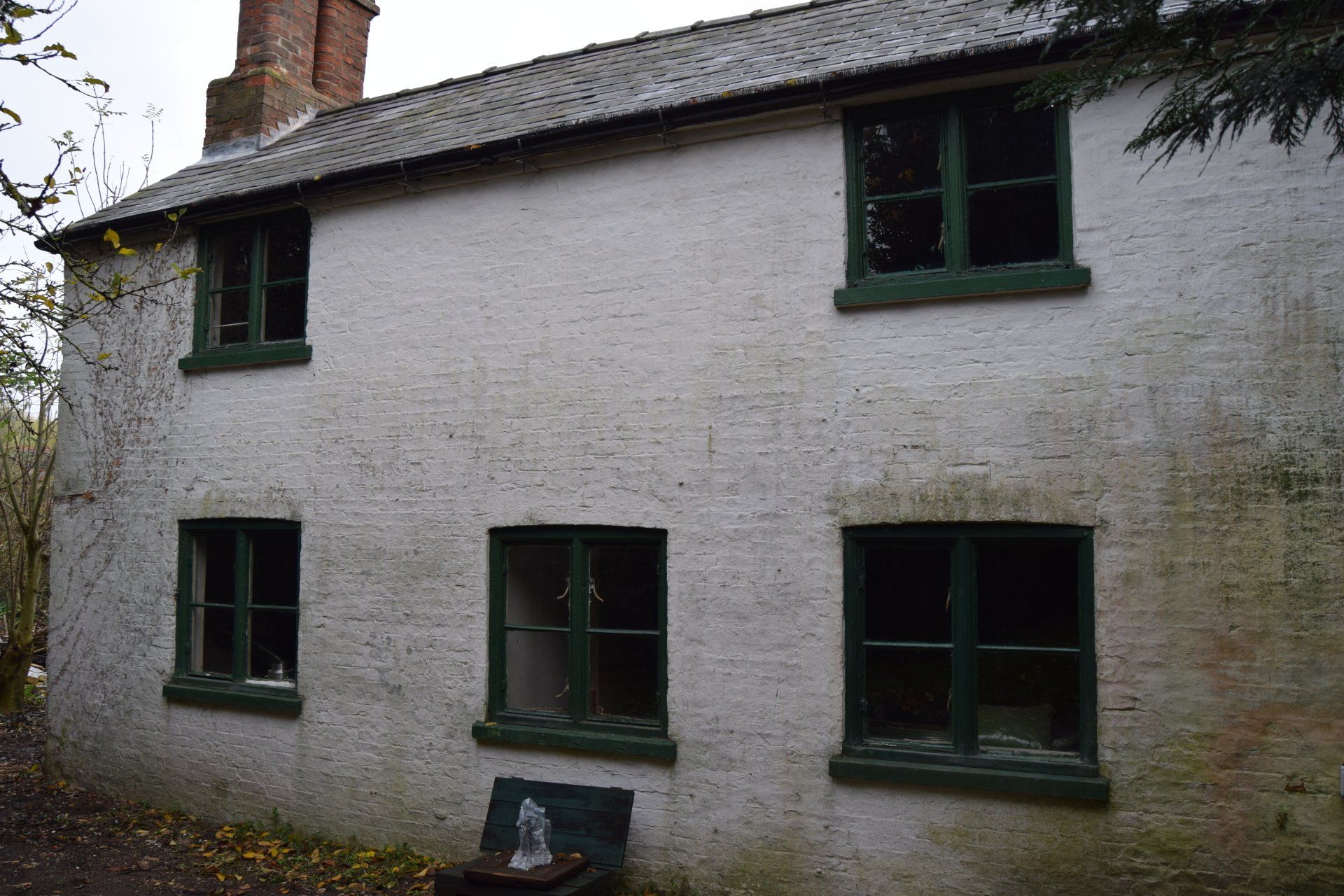
Grantham Pest House Grantham Pest House was our second Buildings Recording Group project. It was built in the late C16, largely rebuilt between 1789 and 1790, and altered and extended as a private dwelling around 1880. At Grantham, a pest house was constructed to the north of the town, and a lease of 1584 records the plot as being leased by the Mayor, Aldermen and Burgesses of Grantham. The lease records: ‘if it shall happen or chance hereafter ... the Town and Borough... to be visited with the plague called the pestilence or any other smiting disease or contagious sickness whereby it shall be thought good to divide the infected people from the whole... better safeguard of the said Town ... upon two days warning ... all the tenants and dwellers within said messuage or house to depart ... to permit and suffer the infected or visited people to enter into the house ...’ While later leases are associated with the Brownlow family, who held a seat at nearby Belton House from the late C16, earlier leases may have been with their predecessors, the Pakenhams. The Grantham Hall Book of 1702 recorded the rent due for the pest house for Michaelmas term as 3 shillings. John Langwith jnr, a local master-builder, was chamberlain of the town from 1789 to 1790, during which time he oversaw the rebuilding of the pest house. The Enclosure Award map of 1809 shows a rectangular-plan site delineated on the east side of Manthorpe Road, containing a single and long ‘H’ plan building, the responsibility of the Alderman and Burgesses of Grantham. A report on the proposed municipal boundary of Grantham in 1837, indicated that the ‘Pest House’ was included within the north boundary of Grantham, and Dawson provided the accompanying map, again showing the ‘Pest House’ as two detached buildings. It was converted to a private dwelling in about 1880. The walls of the building are now painted stone and red brick with a natural slate roofs and timber-framed windows and timber doors. It is now Grade II listed.
